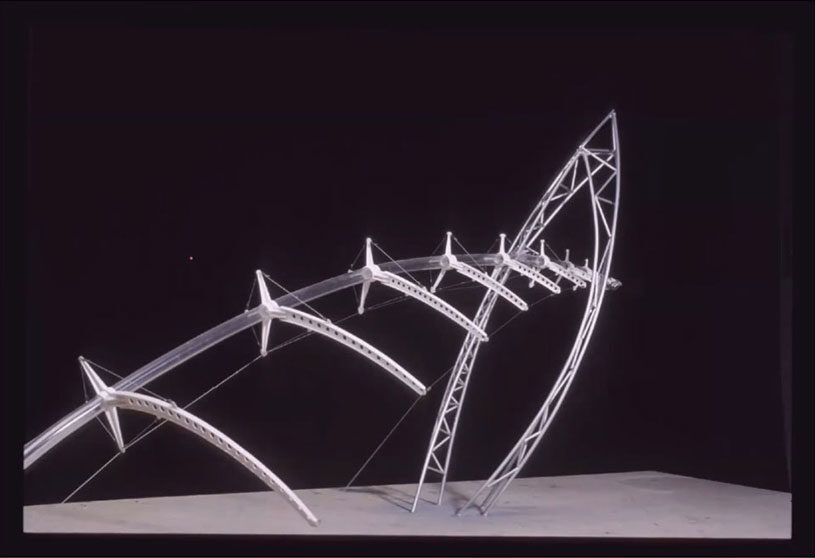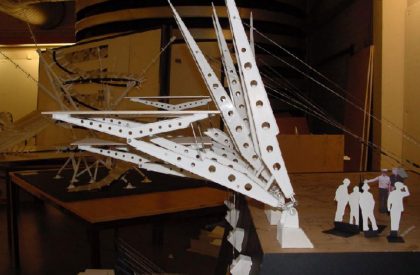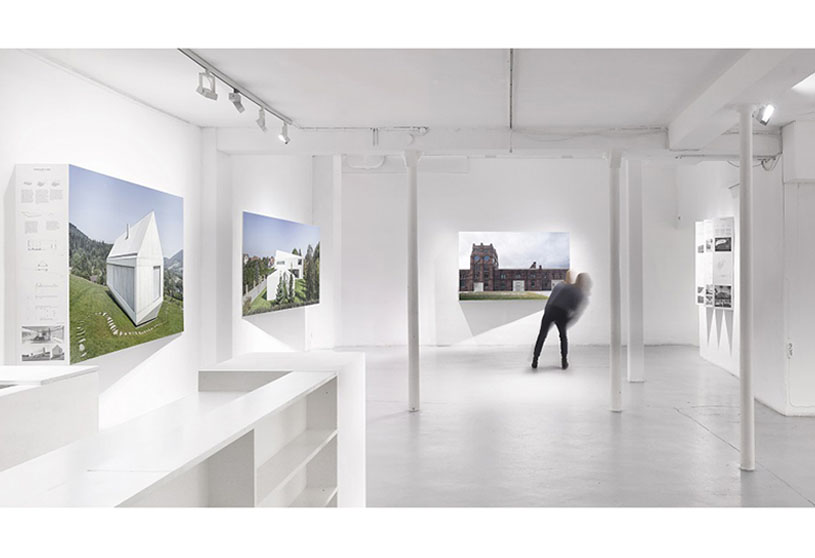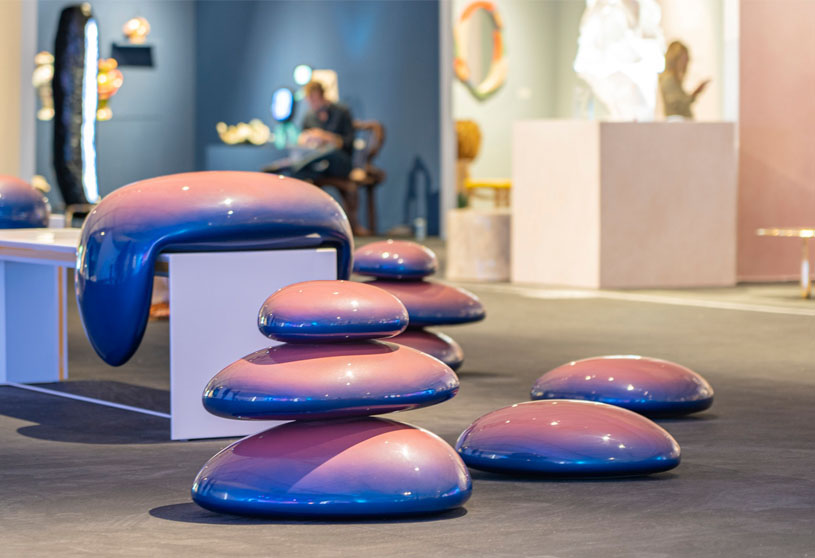As part of the live interview series at ArchiDiaries titled – Technology in Architecture – Prof Gurdev Singh was invited for a talk. Prof Gurdev elaborated on various teaching/learning methodologies for learning Structures under the title – Structures in Architecture, A Process. In a previous article – Part-1 – we presented a summary of the presentation given by Prof Gurdev. The talk was followed by an interesting discussion between Prof. Gurdev Singh (GS), Prof Bhairav Patel (BP) and Mohammed Ayazkhan (MK). In this article, we present a summary of the discussion.
Prof Bhairav Patel(BP): At what stage in the whole (design) process would you like to involve a structural engineer’s input?
Prof Gurdev Singh(GS): “The architect must have a very clear understanding of what is the structure he or she is doing, how forces are acting and be able to sit and argue with the structural engineer to generate a healthy discussion. It doesn’t matter what stage a structural engineer comes in…. It depends on what project it is and how the thought process is going and accordingly one can involve the structural engineer.” He Seconds this thought with the example of Santiago Calatrava’s work. Santiago Calatrava is not only an architect, but also a structural engineer, a sculptor and painter at the same time. His approach to architecture is a brilliant example of structural expressionism.
BP: You also have a very good sense of structural proportions, and what kind of (member) sizes will work in any situation. How does one develop such an intuitive sense for structural proportions?
GS: In nature things are beautiful because they are well proportioned. “Each material has its own sense of structure and proportion. And you can learn that from nature. That is why nature is so beautiful; because everything is so beautifully well proportioned. To give an example, termite will eat the door frame till the layer of paint; because they know that a door frame is not a structural element. But the beam, they will only eat the centre portion as the structure starts making a different noise. This is the best way to learn about structural and design proportions. “I also believe that from nature we should learn the principles, rather than mimicking the form. This was very nicely done by people like Frei Otto.”
BP: Cross Laminated Timber (CLT) has removed the limitation of form from timber. Now you can make curved forms and grid shells out of timber for more than a century. Still, in India, why is the technology of CLT not commonly available?
GS: For mainly two reasons; one, that India has a shortage of Timber. We are not able to grow timber in the required quantity. There has to be a policy level change regarding growing timber in India. Secondly, it is the lack of technology and adhesives which inhibits the use of CLT. Polyurethane glues have a certain amount of flexibility. When we join two pieces of timber, whatever gap is left, the glue expands and fills it up like a cellular structre and becomes as strong as timber. This technology is not available in India.
BP: In a small country like Bhutan, with certain help, you were able to source good timber at a large scale for a project that we were working on together. Can we say that certain regions in India, like the north east, can source such kind of timber?
GS: No no! We still don’t have timber. Bhutan has 76% of forest and the timber logs were only up to 60cm in diameter. Also natural forest timber is not good for construction as it has knots, as it grows all over the place. “It is important to grow the timber in a dense format and alternatively remove one, so that it grows vertically. It will take 20years for India to get there, maybe more. When we have home-grown timber of good quality and in abundance, that is when it will be sustainable.”
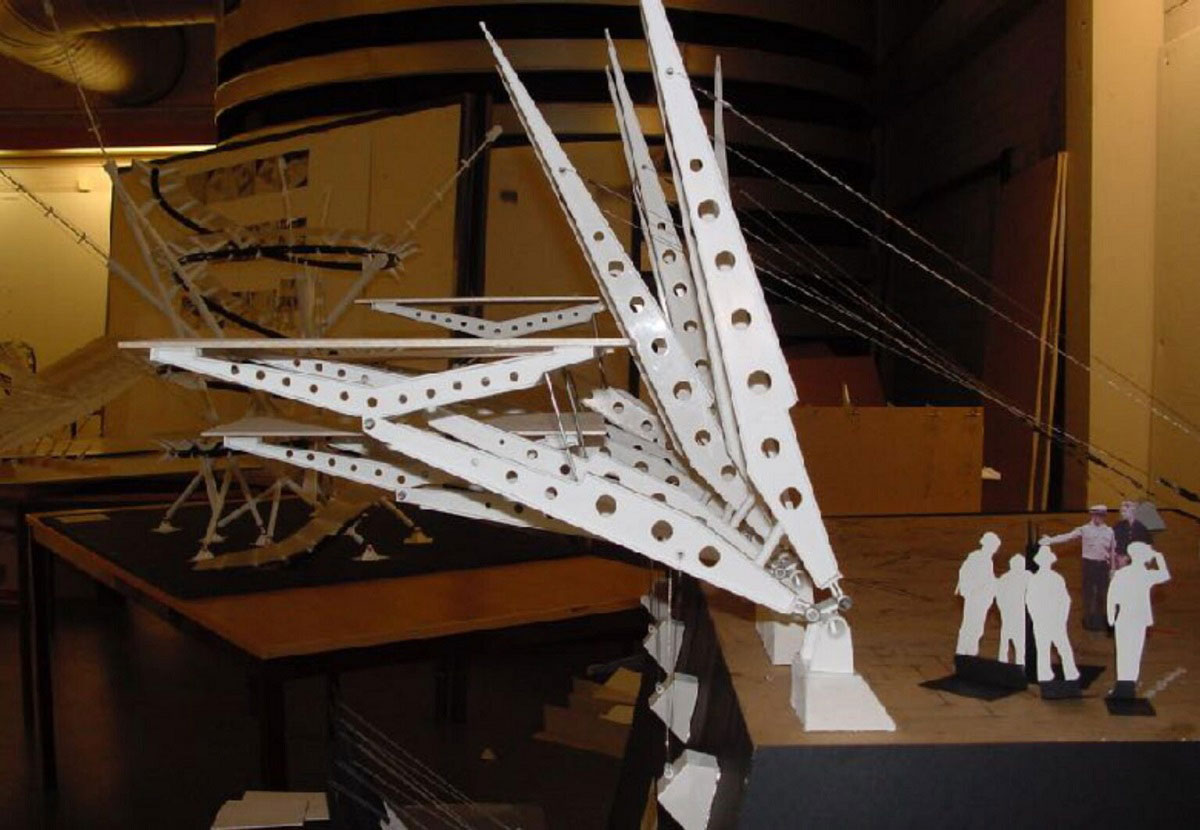
Mohammed Ayazkhan (MK): Many of the design processes that you have shown, demand free exploration from students. Also, traditionally our notions of space and form making are very much controlled by the cartesian notions of the X, Y, and Z axis. Most of the explorations that start from nature as a source of inspiration demand looking beyond these conventional notions. In what ways can students be encouraged to break away from these habitual notions?
GS: If you see, in most of these explorations, where the students take the free leap, they take it by making models, rather than making sketches. When you draw a plan or elevation, your X, Y and Z axis come into play. When you make a model, you don’t have the sense of X, Y and Z. Models are a great way to break the orthogonal way of working; because the material at hand decides the form. Somewhere half way in the design process we ask them to change the model making material. “Everytime the material changes, it gives rise to a different way of thinking because every material has its own way of doing things. You are focusing on respecting the materials rather than keeping the form.”
“You are now able to do explorations on the computer with much more ease. The only disadvantage with computer modelling is that the sense of material disappears. You get a form, but you don’t know how to make it, what material to use, what should be the character of the material.”
MK: With the new tools at hand such as parametric design and the plugins that are available in Grasshopper, there are a lot of possibilities to add values to these explorations. At what stage in the design process would you bring in these tools?
GS: It could be from the very beginning also; if you understand what the parameters are. For example, when I take cardboard as a model making material, I get a certain form. Now, when I change the model making material, I have to retain my conceptual clarity in the design process. You can do the same in a parametric approach; provided, you give the parameters correctly in Grasshopper. Parametric design has a lot of advantages, but I think both things should be done parallel: physical model making and parametric modeling in softwares.
MK: Do you say that the sketch and imagination should come before morphology and geometry?
GS: I think so. I think one should be free in the beginning and the controls can come in later. This is also an issue being discussed in the pedagogical thinking at the schools; whether this kind of an abstract line of thought should be introduced early or should it be added later? Some people think that you must teach students the basics first and then they should be taken to think in the abstract. The other group says that the kids are innocent and should be allowed the freedom; and the rules should come slowly, one by one later. I believe in freedom first and bringing the rules later.
MK: How do you advocate the choice of material on the basis of sustainability, especially when it comes to use of steel and wood in today’s time?
GS: If I were growing wood in my backyard and counting the embodied energy, then of course steel is completely out of the window. So if the trees are right there and not more than 5 km away, it is perfect. If it is coming from 10,000 km away, then the embodied energy changes. It could be that concrete is cheaper than timber, but until we start having home grown timber of good quality in abundance, then only timber will become sustainable.
About Gurdev Singh
Prof Gurdev Singh is a graduate from CEPT University, Ahmedabad. He is not only an Architect but also a Designer, Teacher and a Builder (Someone who builds with hands), with 45 years of professional and teaching experience in different institutions in India and Australia. He has received ‘A LifeTime Achievement Award’ in Teaching, by Australian Institute of Architects ACT Chapter, in special recognition of contribution to Architecture education. He also held the position of the Dean at SEDA (School of environmental Design and Architecture) Navrachana University, Vadodara from 2011 to 2018. Currently he is Interested in exploring new and lightweight materials and technologies.
About Bhairav Patel
Bhairav Patel has an experience of more than 13 years in the profession of Structural Engineering and has worked on structural design of a variety of structures. He has a Bachelor’s degree in Civil Engineering from Nirma Institute of Technology and a Master’s degree in Structural Design from CEPT University. After having gained valuable experience in design while working with VMS Consultants for a period of 4 years, Bhairav started his own practice in 2012. Since then, he has got the opportunity to work on a variety of projects involving different materials like glulam timber, Rammed earth, Bamboo, masonry etc along with conventional concrete and steel structures. He is also fond of teaching and has been involved as a visiting faculty at CEPT University, Ahmedabad, since 2009.
